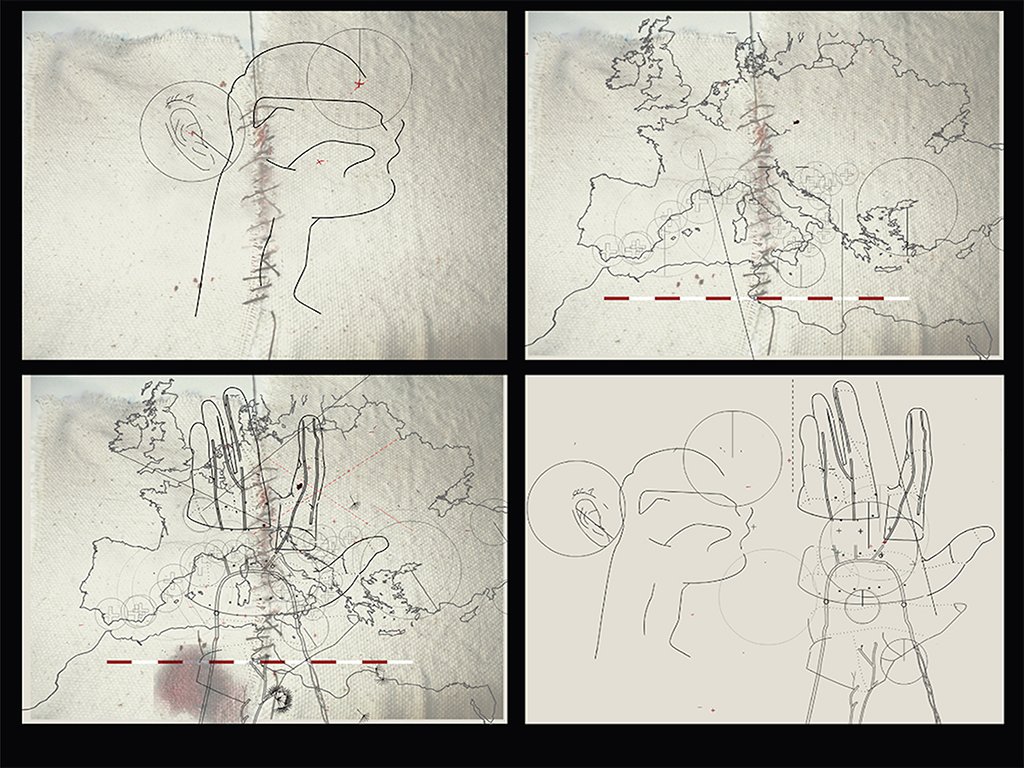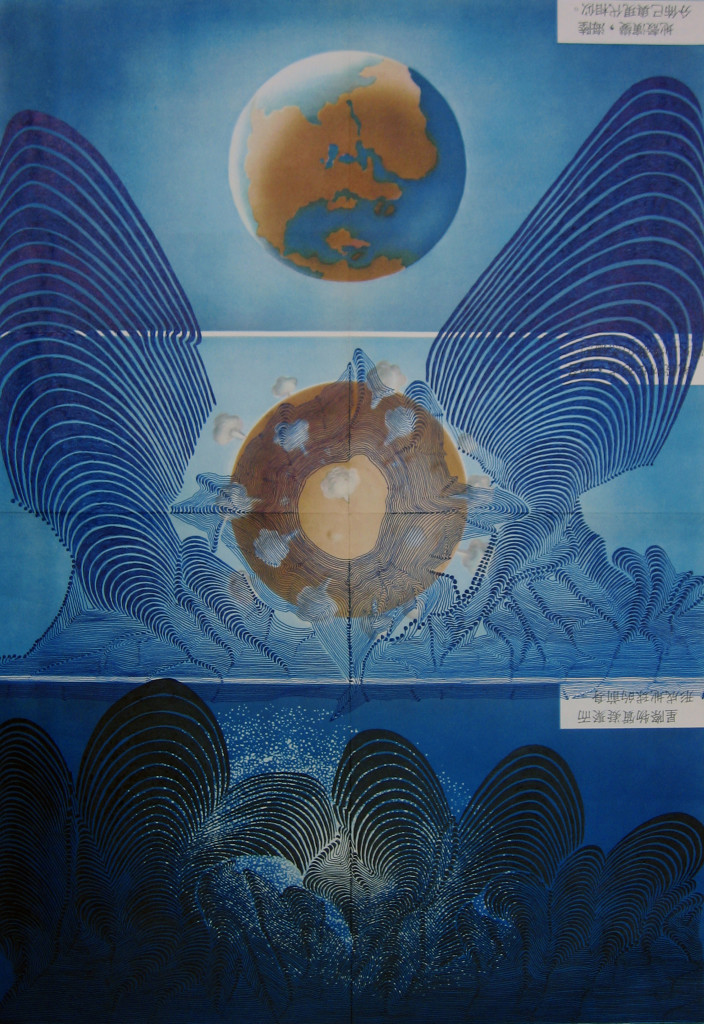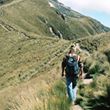 A 7 day landscape animation master class led by John Hughes
A 7 day landscape animation master class led by John Hughes
Venue : Ionion Center for the Arts and Culture /Greek Island Kefalonia
Eligibility: The class is addressed to artists, designers, video artists, photographers, animators or anybody interested developing a new practice.
Sponsors: Chippendale New World Award – Ionion Center for the Arts and Culture.
Time : May 24th -30th 2016,
Instructor : John Hughes, aka Hobart Hughes University of New South Wales, www.hobarthughes.com
Opening Date for Applications : January 15th 2016 – no deadline
Information: www.hobarthughes.com, www.ionionartscenter.gr, info@ionionartscenter.gr,
Details: Through a series of exercises class members will develop core timing skills that we then apply to a range of locations around the island to as it were to un-pick the usual static visual structures. This class perceives a frame of animation as being a single molecule of time. Using a range of stop-frame and digital methods developed by Hobart we will re order and re shape these time molecules to shift the viewer in space, movement, sequence and perception and render a view of consciousness within the landscape.
Aims: Class members will develop core landscape animation and general animation timing skills. Class member will be supported and encouraged to develop their own project.
Note: Participants will need laptop and digital camera. Also can participants obtain a Quicktime pro license from www.apple.com
APPLICATIONS : http://goo.gl/forms/q2f8aD9uzk
CONDITIONS AND FEES
The master class conditions are in compliance to the Ionion Center for the Arts and Culture terms and policies, applying to the educational programs and residencies.
Fees for each participant: 30 euro application fee , plus 700 euro for 7 days
Included
a. Full housing accommodation for 1 person , shared room (or personal room with extra cost ),bathroom, daily room service,24 hours high speed Internet access, free use of laundry , kitchen, studio for art creation and personal support. Every day standard full breakfast ( bread, butter, eggs, jams, honey, milk, cereals, hams – cheese, fruits, tea, coffee, sweets and more depend on the season of the year).During the day and night free and available snacks, sweets, tea, coffee, milk, juices, fruits, pies, pizzas and basic goods PLUS a hot traditional meal , lunch.
b . tuition fees, free use of the main areas for education,official presentation/OR/exhibition if it will take place at the Center space.[Note:The exhibition hall, theater space, studio areas are granted free to the master class group for educational use or for collective presentation/exhibition needs].
c. Information on the Greek History & Culture is provided as part of the master class. The General Orientation & Guidance provides to our guests all the needed insightful information of the island – not only from the historic point of view – but further than that, such as the way of life of its inhabitants, their culture, traditions, myths and customs, as well as guidance and suggestions to all various tours, local activities and fiestas, including the revealing experience of the Ionian food and wine specialties, and all these in order to make your staying enjoyable unforgettable.
The time of the master class -May-June is a dreamy season , in a natural environment full of flowers , calm beaches, unique creative atmosphere.
Not included transportation or other expenses of any kind for activities taking place out of the Center , not included art materials or specific equipment .All class members are requested to have their laptops , cameras and /or specific devices.
Quantum Landscapes, Space and Consciousness of the Frame
A 7 day landscape animation master class. Using the frame as being a molecule of time, class members will explore various stop frame methods of recording and re-ordering time and place.
The aim of the class is to re-order and manipulate, in a personal creative sense, each artist’s perception of space/landscape to time/movement. Through a series of exercises to develop methods of altering sequence and space, class members will work individually and in groups in a variety of landscapes and different methods. Each class member will be supported and encouraged to develop their own unique method. Class members will need their own digital camera. It would also be an advantage to have a laptop computer but not essential.
PROGRAM DETAILS
Aims
To explore a personal response to the landscape where this view can be developed through a timeline.
To visualise a response to an industrial and cultural land use.
To draw a view of consciousness within landscape.
Outcomes
Each class member will produce responses to various exercises which will be set each day. Participants are encouraged to develop their own projects out of these exercises.
Course Delivery
The class members will develop their technical and conceptual skills with
1 Exercises designed to give conceptual insights and technical methods in several key areas.
2 Group and individual projects
3 Technical workshops in production and post production methods
4 Demonstrations of various stop-frame methods
Day One
Introduction to the course
Timing and consciousness.
When we create an animated sequence what in essence we are doing is sequencing a passage of thought by recreating a time sequence. When we pause, speed up or slow down images we are creating a pattern of attention which is how the animator has visualised a time and a space. However making animation requires a distinctly different kind of attention to shooting a video. When we create animation we experience physically the full dynamic range of time and speed. The first thing we must understand is that experiences move much slower and much faster than we’d expect. A short pause of say two seconds in real time is only two seconds but if we are creating stop-frame animation it’s 48 individual frames that we have to record. The experience of creating these frames is vastly different to shooting two seconds of video. This requires a new translation of how we create time.
In our first exercises we use our own bodies so we can directly experience the different kinds of intervals and movements that make up sequences.
Project 1 The Passenger,
Our first day will be spent working on a single project that will be broken into several steps.
Using the film The Passenger by Michelangelo Antonioni. as inspiration and working in small groups we will endeavour to create an atmospheric presence of a figure in a landscape. This does not mean merely reproducing the kinds of speeds and mood of the film but going beyond the film as if the characters could re order time, space and speed.
Step 1 Introduction to the project 1 hour
I will screen excerpts from the film and discuss how we might use it as inspiration. I will also demonstrate how to go about testing by creating a short sequence. This will include how to set up your camera and how to create the sequence on your computer.
Step 2, testing 2 hours
In a small group of three or four take turns gesturing, moving, walking and then waiting. It is very important for the person being photographed to call when each shot is taken so the experience of movement in the subject and thinking of the sequence is combined.
We will create our movies to play at 12 frames a second. What this mean is it takes 12 frames to make a second of screen time.
Things to experiment with:
- Create a very slow gesture
- Create a series of very fast gestures
- the decay of energy
- the discharge of energy from impact
create a series of different lengths of pauses between fast gestures and between slow gestures.
(remember a pause is not just the character stopping, it’s the character thinking of what just happened or what to do next)
We will then sequence our tests and discuss the outcome. Further testing may be required.
Lunch
Step 3 Developing a shooting method 1 hour
Now we have some basic techniques it is time to develop our idea. The space you shoot in is as much the character as the people are. The location may offer several clues on how to develop your idea and your shooting method. Let’s examine for a moment what I mean by shooting method. The different variables may give you some clues to how you might think about it so ask yourself some questions.
- Is the camera static?
- Is there one or several characters?
- Is the time sequence linear or can we jump about in time?
The next questions may be about the animation method so lets examine a few.
- time lapse
- sequence animation
- stop motion
- post production methods such as edits, time reversal, motion tracking, time splicing, compositing.
(there will be instruction on various post production methods later in the course but for those with experience it’s something to consider now)
I will discuss all of the above and produce a short example of one response to the project idea. I will then discuss with each group how they plan to go about their shoot.
Step 4 Shooting 2 hours
Shooting your project in your location
Step 5 Sequencing your project and feedback
Day Two and Three
Methods
We will spend most of today developing and experimenting with several different methods in a series of different locations. So that we have a focus and a meta structure for our experimentation we have the theme of transference of energy or how energy is passed from one object or place to another.
Introduction and brief
Meeting in our home space I will demonstrate the different techniques we will be experimenting with over the next two days.
The order in which you do the different methods is up to you as individuals or your group depending on how you’d like to work. We will attempt to travel to two locations each day so that you have a good choice. I would suggest that you try each of the methods several times as different locations will spark different responses.
The different methods are as follows:
1 Sequence animation
In which a series of different but connected objects or patterns are shot in sequence in order to create visual time patterns. The objects could be, for instance, every letter box opening in a particular location or every square object, every crack in a rock face, every different kind of leaf in a location.
2 Time Lapse
We all know what this means but there are all sorts of ways of applying it to a given location or by combining it with another method. Think about finding a location where light may reflect or refract across surfaces. Consider building by accumulation or by natural processes objects in the landscape that would make an interesting surface for light to move across. Consider tides, wind, foot traffic across sand, light, shadows or people.
3 Tracking Camera
Consider different spaces and objects to track up to and around. Try tracking on the macro level as well as the micro level. Play with the speed of tracking as well as the change of speed. Experiment tracking with more than one camera at a time.
4 Stop Frame Intervention
Experiment with affecting a location or object with various forces. For instance gradually pour water onto a small section of sand, gradually pick off the rust from a surface, vibrate a group of stones, make objects turn on the spot. With this kind of animation my personal preference is to look for kinds of movement that don’t generate the idea in the viewers head that the object has come to life. To me this seems too much like making a reflection of animator into the screen space whereas vibrating or eroding an object references forces at work on each and every object. Therefore if you blow upon a small pile of seeds you mimic the wind where as if you have objects moving by their own volition they cease to be objects and we turn them into human thought.
Day Four
Post Production and Sound Workshop
We will spend the morning editing and looking at various post production methods. These include collage and vector animation, compositing and sound editing. Included in this is a recording session where we create a soundtrack for some sections of animation.
Lunch
The afternoon is free time to shoot and develop your work or to explore the island.
Evening shoot
Shooting animation at night provides many exciting possibilities. We will produce a group animation using the entire class to draw with light sources and by exposing selected areas of the landscape. I will also do a demonstration of a method whereby each frame of the animation is created with a series of subframes lit from a tablet. The effect is that we can draw and stretch shapes and objects in a space.
Day Five
Morning
Individuals and groups work on their own project. This project may have been developed from project one or from any of the other exercises. Workshops will be depending on the different needs for individual instruction in particular methods or techniques.
Afternoon/evening
Reverse projection mapping techniques for animation
A series of different way to use data projector with animation. This is not so much a workshop on display methods but on how you can use a data projector to create animations.
Day Six
Morning
Individuals and groups work on their own project.
Afternoon
Post Production Workshop
includes motion tracking, particle animation and request for specific instruction according to need.
Day Seven
Morning
Individuals and groups work on their own project.
Group sound recording.
Group animated portrait.
Lunch
Afternoon
Final edits and rendering of projects in preparation of screening.
Evening
Group screening of final works from course.
Farewell Cocktail
 MASTER CLASSES 2016
MASTER CLASSES 2016







